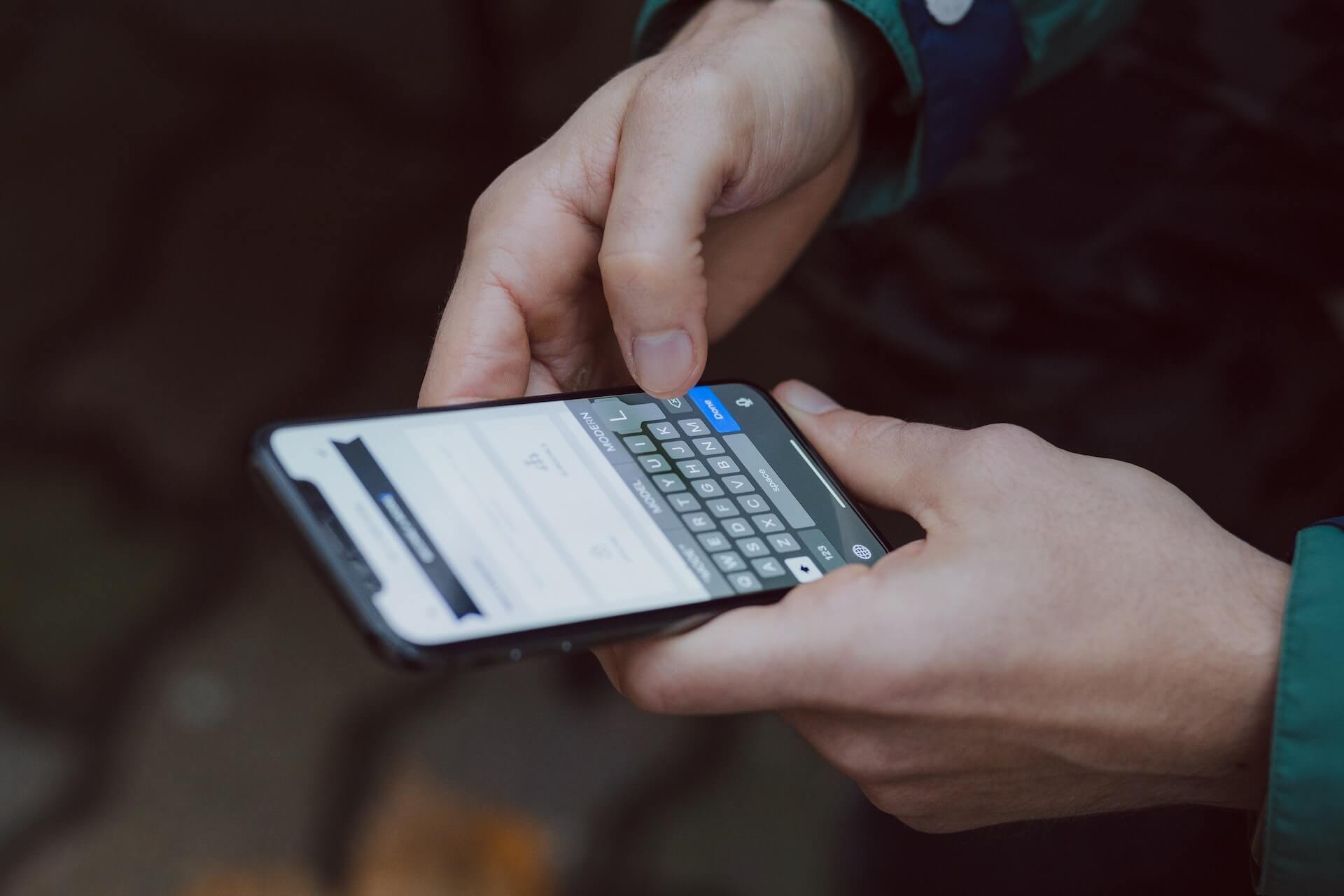

Blogs 
October 7, 2021
Living Security Team
What Is Multi-Factor Authentication (MFA) and Why Should You Implement It?

Multi-factor authentication (MFA) is a cybersecurity best practice, yet many organizations and individuals still don’t know what it is or how to utilize it.
As cyber criminals use increasingly advanced techniques to access critical information and target new areas of weakness, now is the time to learn and understand the benefits of MFA. Incorporating MFA into your cybersecurity training program will help protect your business and employees from these threat actors.
Are you ready to learn more? Let’s start at the beginning:
What Is Multi-Factor Authentication?
MFA is a process that adds multiple layers of protection to your devices, accounts, and information. It requires the user to confirm their identity multiple times before accessing any information, which helps to prevent breaches by ensuring only a user with keys to all of the authentication steps is granted access.
Multi-factor authentication benefits the user by creating a stronger wall of protection than is possible with a single step. The additional requirements help prove your identity to ensure your information is only released to you.
Examples of MFA
You can find MFA nearly everywhere in the digital space. Your bank may send you a code through text message to input before you can log in or a work-related account may ask you to answer a security question that only you would know. These are both examples of MFA. The extra steps can seem tedious or excessive (especially when you can’t remember who you put for your third-grade best friend). However, by adding just one additional layer of protection beyond a password, your accounts are 99.9% less likely to be compromised.
You’ve likely seen MFA requirements when logging into social media platforms, such as answering security questions you set when you created your account, entering a PIN or other identification number, or adding a phone number or backup email address. As cybersecurity evolves, so should our login processes.
Passwords Alone Aren’t Enough
The greatest benefit to using multi-factor authentication is removing the reliance on a single layer of protection—the password. Most digital tools and applications rely on an antiquated password protection scheme that was developed before modern computing and is fundamentally flawed. It was started as a “best guess” as to what would work well against a human trying to guess your password. The problem is that cybercriminals aren’t sitting around trying to guess your password, they use advanced algorithms to synthesize available data on you and try possible passwords based on common patterns (like when you use a “!” in place of an “I”). The tactics threat actors use to access accounts is always advancing, so passwords alone aren’t enough anymore.
In our remote working world, mobile devices and at-home computers are more prone to attacks than ever before, making MFA increasingly critical to protect your personal and business information.
Protect All of Your Devices
“We've found that positioning is key to educating our customers—by helping them make the connection between security at work and in their personal lives and understanding they're two sides of the same coin,” wrote Jim Alkove, Chief Trust Officer at Salesforce.
Employees’ personal devices, including cell phones, are now among the main targets of cyber attacks. While it may be tempting just to secure work devices, you should reiterate the importance of securing all devices.
Mobile device security is extremely important because our phones have the capability to do nearly everything we would do on a computer. This makes it important to protect our phones just as we would our other pieces of technology.
By understanding the benefits of multi-factor authentication and implementing it throughout your organization, you can protect your privacy, avoid phishing, and ensure your employees do the same.
Incorporating MFA Into Your Training Program
As a Security Awareness Program Owner, you should incorporate MFA into your training programs to achieve employee compliance. You have a number of options when it comes to implementing this training, and it comes down to what works best for your organization.
Training programs such as Thank Goodness It's Secure (T.G.I.S.), flexible training in the form of an episodic sitcom, allows your team to learn about the benefits of multi-factor authentication, mobile phishing, remote access, incident reporting, and more. You could host a dedicated lunch-and-learn where your entire team gets together or have them individually complete the training.
Creating a secure, knowledgeable environment starts with managing your security risk at a human level and providing your team with the tools they need.
Our Cybersecurity Human Risk Management Platform will help you measure and quantify risk, use insights to identify your biggest security threats, generate clear action plans, demonstrate ROI and results on continuous risk mitigation, and more—all to keep your organization and its members safe.